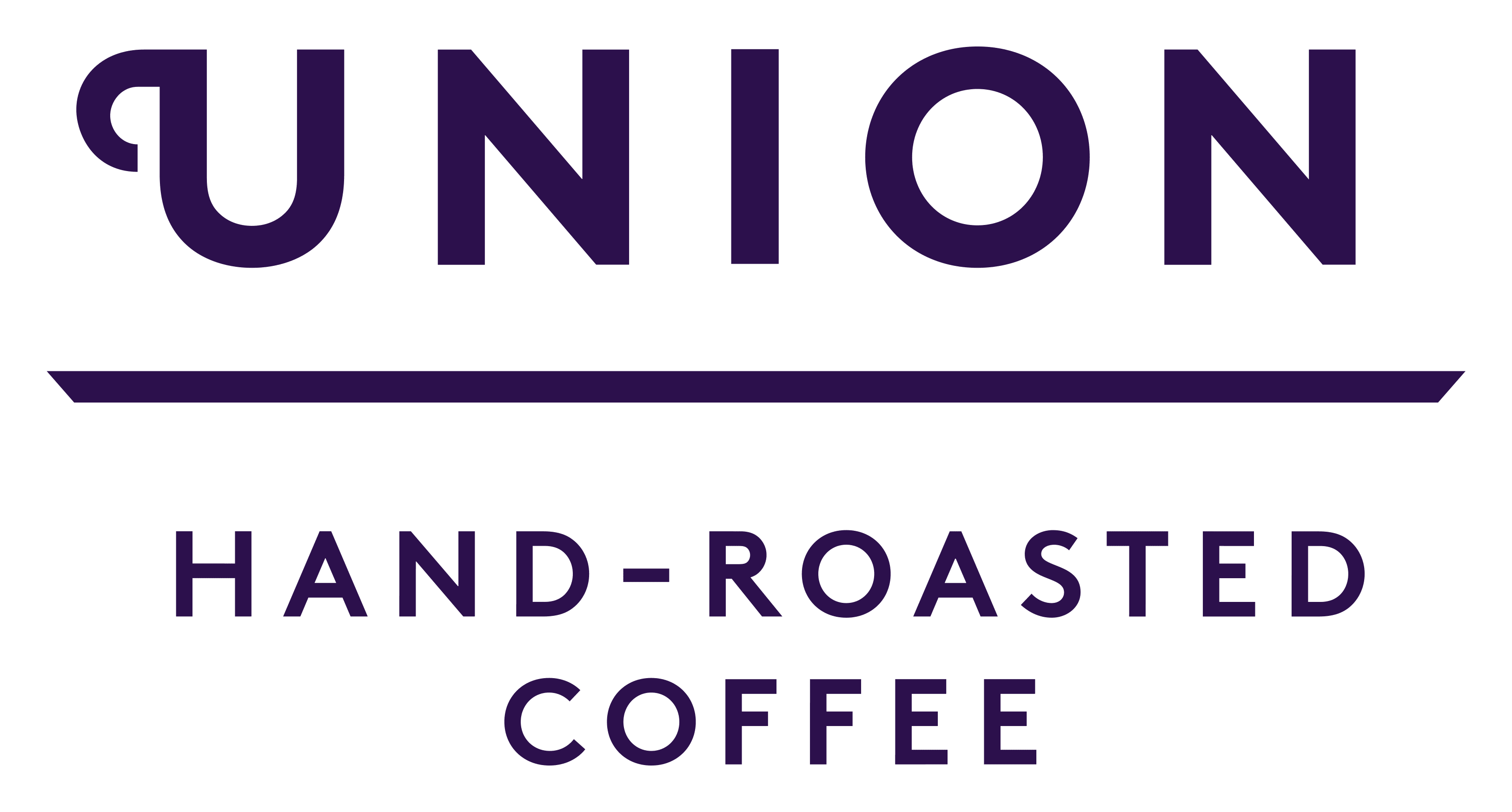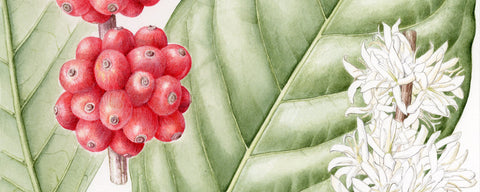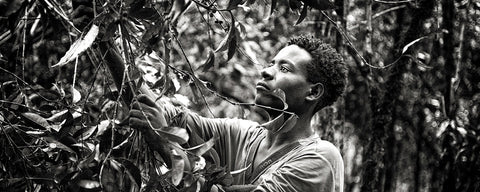First Published - July 28, 2011 (By Steven, Co-Founder)
In my last post about visiting farmers in Rwanda during the current season, I discussed how high market prices can bring difficulties to the farmers. In this post we’ll look at how prices can affect quality.
Quality is not an Accident
The second negative effect of high coffee market prices shows its hand in the overall quality of coffee reaching consumers. In years of low market price, farmers producing high quality specialty coffee know they have to maximise that quality to attract best prices. They achieve this by careful and selective picking which is more labour intensive, and careful post-harvest processing of the cherries. This year, not only in Rwanda but as we have seen in many countries, farmers understandably take the view that they will be receiving more than last year without the extra effort – so why bother! Again we have taken a great deal of time – including Steven visiting them earlier this year – to encourage them to work carefully and reinforcing to farmers that our agreement to buy, at a premium to market value, is linked to producing high scoring speciality grades.
If all of this market turbulence was not enough to cope with, the weather also added its own challenge. Usually, the cherries ripen and are harvested over a period of around twelve weeks. This year however, due to lots of rain and warm sunshine, the full crop came in over just six weeks and the Coffee Washing Stations, where the cherries are processed, were inundated by huge volumes of coffee cherries which need to be pulped really quickly. The beans must be separated from the pulp in a timely manner. If this is not done, fermentation in the bean can occur, or insects are attracted and damage the cherries, both of which can cause unpleasant taste effects in the finished coffee. As we are in regular contact with producers that UNION buy from, we were aware of the problem and knew that there would be issues in the harvest quality so careful selection was needed more than ever.
It’s this last matter that really drove me to spend a chunk of July in the cupping Lab in Kigali, working with Leatitia, a cupper I had helped to train some five years ago and who helped select our lots last year. Together we cupped and scored hundreds of individual production lots from three Cooperatives and to get the coffee Union requires this year, we discounted just over 50% of the lots as not being up to our standard, and that was after Leatitia had pre-screened the lots to offer me a choice of those she considered the best.
To make the selections, a sample of green coffee is taken from each lot passing through the stations on any given day and labelled with the district and control reference number and is sent to the cupping lab in Kigali.
300g of the coffee is prepared and roasted the day before we cup the lot; first we assess the roasted fragrance of the dry grounds and then pour the water, steep before evaluating the wet aroma, and then tasting the coffee brewed simply in a glass. We evaluate for a range of characteristics to produce a final score and description for that coffee that enables me to make a selection and construct the overall quantity, quality and flavour profile when the lots are put together.
In each cooperative there are districts that each have their own terroir and hence character. My job was to select the best lots and bring them together (blend them) to achieve an overall standard for the cooperative that reflects the style of the district. Maraba for example produces a rich full bodied and smooth coffee with an
elegant orange/citrus acidity to balance the cup; we offer this as our Single Estate coffee, Rwanda Maraba Bourbon. COCAGI cooperative in Gashonga yields a coffee that is sweet, fuller bodied and has more red fruit flavour notes which we’ve also selected as a core component for our Revelation espresso. Karaba Co-operative was new to us this year and being out in the cupping lab to taste tens of lots from the district was fascinating and wholly informative. I’m looking forward to UNION being able to offer this coffee, which is distinct from the others having a lighter body with clean fresh apricot and white fruit, almost floral notes and a silky milk chocolate mouthfeel.
Occasionally during the cupping process, a lot comes up on the table that has a really outstanding flavour, with clarity and balance coupled with unique flavour notes and which also receives a high score. In these cases, I have requested that these small lots are segregated all the way through and are delivered to us as our micro-lot selections. We will release information on these as and when we get closer to them arriving in London and have checked and approved the arrival samples ensuring nothing untoward has happened during shipping.
It’s only by getting out to the farms that we can know what has occurred during the harvest each year and I have no doubt that there may, sadly be a lot of very variable quality Rwanda coffee reaching the international market. But it’s through our Union Direct Trade relationships and putting the miles
and work in, also personally a very enjoyable process that UNION Hand-Roasted Coffee will again be able to represent the very best of Rwanda’s speciality coffee
harvest for 2011-2012.







